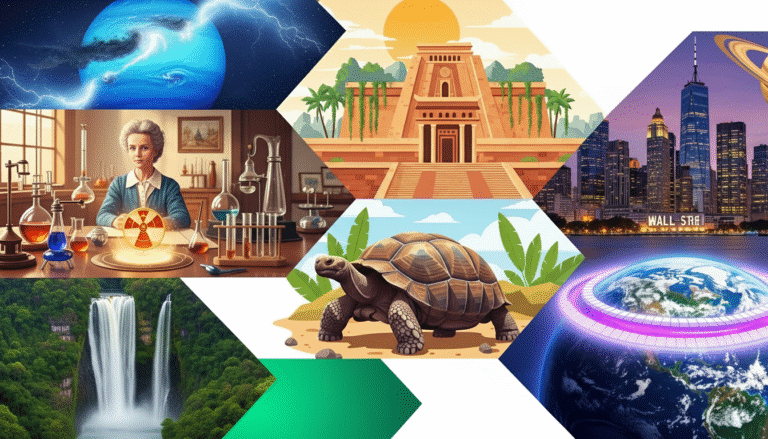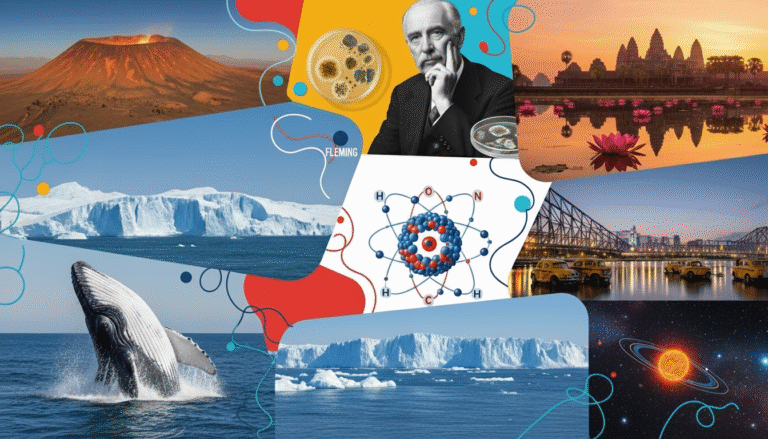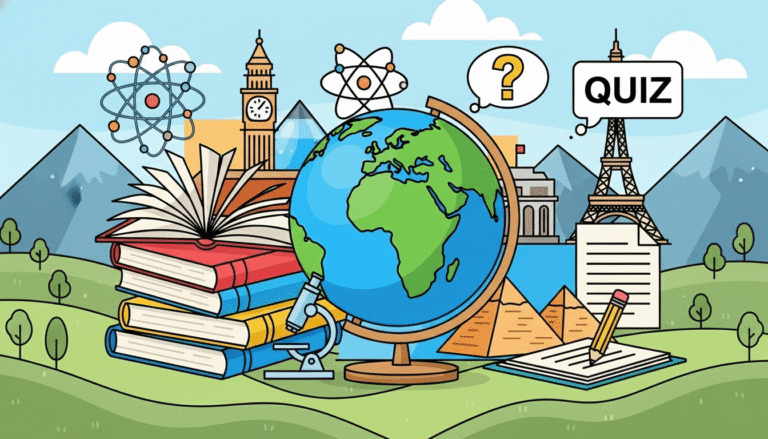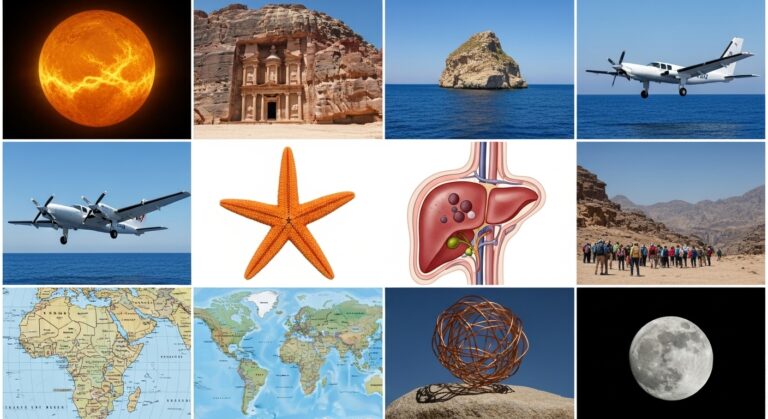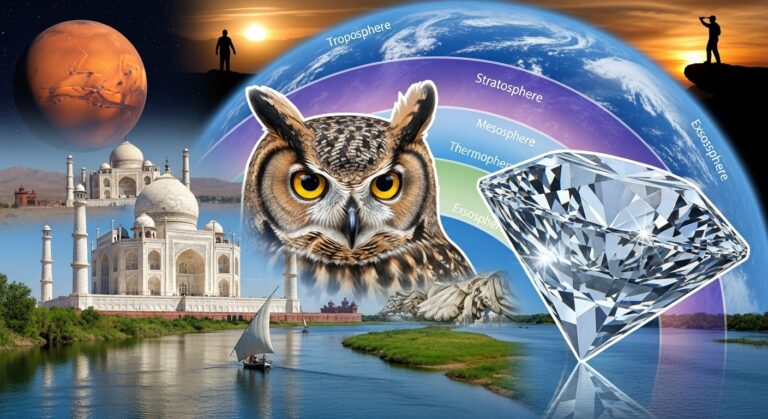Fun General Knowledge Quiz to See Where You Stand
Taking a fun general knowledge quiz is one of the easiest ways to boost your intelligence, test what you know, and discover exciting new facts. Unlike long lessons or complex textbooks, quizzes break information into short, memorable pieces. This quiz covers space, history, geography, science, and animals. Each question is designed to spark curiosity and help you understand the world in a more meaningful way.
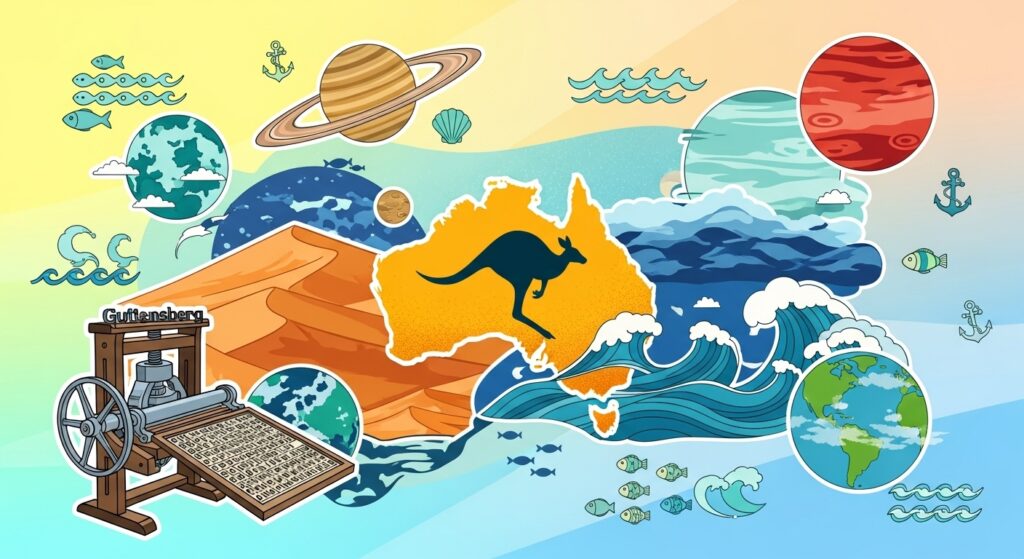
This article explores every topic from the quiz and explains the deeper stories behind each answer. By the end, you’ll not only know the correct options but also learn why these facts matter.
Mercury: The Closest Planet to the Sun
Mercury is the smallest planet in the solar system and the closest to the Sun. Unlike Earth, it has almost no atmosphere, which causes extreme temperatures. During the day, temperatures reach over 430°C, while at night they drop to -180°C.
Despite being closest to the Sun, Mercury is not the hottest planet; Venus holds that title because of its dense, heat-trapping atmosphere.
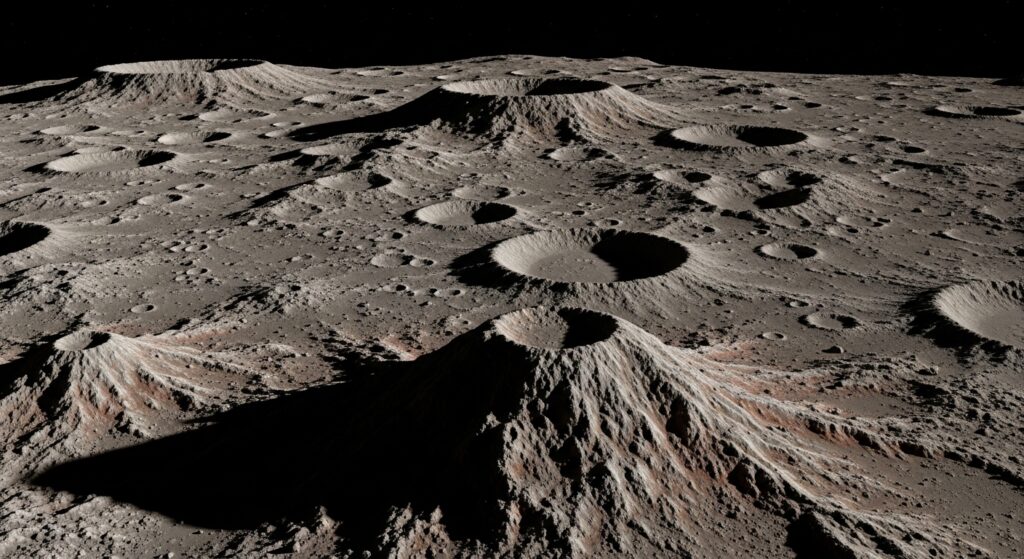
Johannes Gutenberg and the Printing Revolution
Johannes Gutenberg invented the printing press in the 15th century. Before his invention, people copied books by hand, which took months or even years. His movable-type printing press changed the world forever.
The printing revolution led to:
- The spread of knowledge
- Mass education
- Scientific progress
- Cultural exchange
- The rise of newspapers and modern communication
Gutenberg’s invention is often considered one of the most important in human history.
India: The Most Populated Country
India recently surpassed China to become the world’s most populated country. With over 1.4 billion people, India has incredible cultural, linguistic, and ethnic diversity.
India is known for:
- Bollywood cinema
- Ancient civilizations
- Rich mythology
- Spices and culinary traditions
- Major technological and scientific advancements
This shift in population marks a major moment in demographic history.

Kangaroos and the Marsupial World
A marsupial is an animal that carries and nurses its young inside a pouch. Kangaroos, native to Australia, are the best-known marsupials.
Other marsupials include:
- Koalas
- Wallabies
- Wombats
- Tasmanian devils
Kangaroos have powerful legs, can jump more than 9 meters in a single leap, and can reach speeds of 70 km/h. Their unique biology makes them iconic symbols of Australia.
Carbon Dioxide: What Humans Exhale
Humans inhale oxygen and exhale carbon dioxide (CO₂). This process is part of cellular respiration, which allows the body to convert food into energy.
Carbon dioxide:
- Helps regulate blood pH
- Is used by plants in photosynthesis
- Plays a role in Earth’s temperature regulation
Understanding CO₂ is essential in environmental science and climate studies.

Canberra: The Capital of Australia
Many people mistakenly think Sydney is the capital of Australia, but it is actually Canberra. The city was chosen as a compromise between Sydney and Melbourne, the country’s two largest cities.
Canberra is known for:
- Government institutions
- National monuments
- Beautiful planned architecture
It was designed by architects Walter Burley Griffin and Marion Mahony Griffin in the early 1900s.
Sodium: The Element With Symbol Na
Sodium (Na) is a soft metal essential for human life. It plays an important role in nerve signals, muscle contractions, and maintaining hydration.
Sodium reacts violently with water and is never found in nature in its pure metal form. Common table salt is sodium chloride (NaCl).

Sahara Desert: The World’s Largest Hot Desert
The Sahara is the largest hot desert and one of the harshest environments on Earth. It spans 9 million km² across 11 African countries.
Key features include:
- Massive sand dunes
- Oases with palm trees
- Extreme temperatures
- Surprising wildlife such as camels, fennec foxes, and desert reptiles
The Sahara continues to expand due to climate change and desertification.
Newton’s Three Laws of Motion
Isaac Newton formulated the three laws of motion that describe how objects move in the physical world. These laws form the foundation of classical physics.
Newton’s laws explain:
- Why objects remain still or move
- How forces affect acceleration
- How actions create equal opposite reactions
These principles are used in engineering, mechanics, spaceflight, and everyday technologies.
Indian Ocean: The Ocean East of Africa
The Indian Ocean is bordered by Africa on the west, Australia on the east, and Asia on the north. It is known for:
- Warm tropical waters
- Monsoon weather patterns
- Coral reefs
- Trade routes connecting Asia, Africa, and the Middle East
It is the third-largest ocean and a major hub of global commerce.
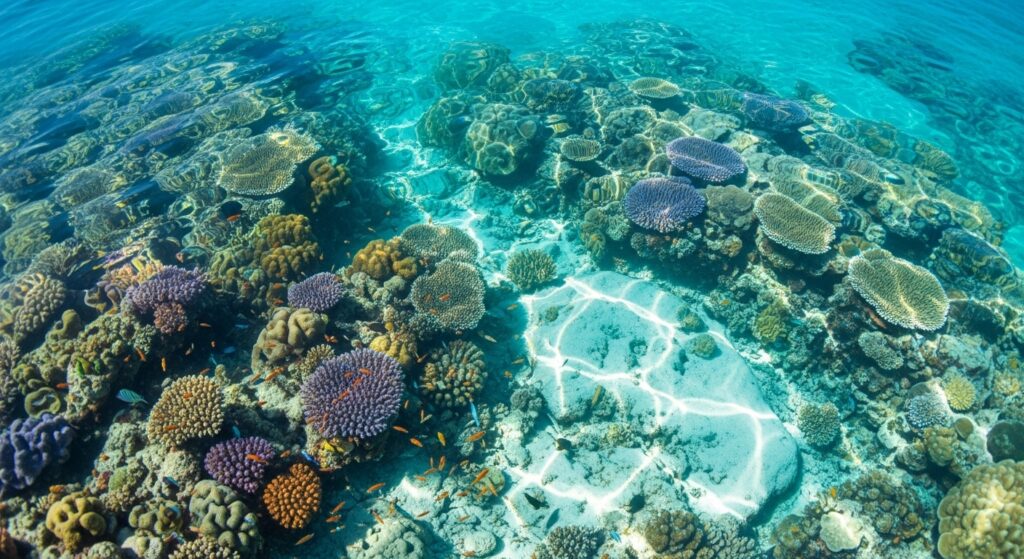
Why a Fun General Knowledge Quiz Helps You Grow
A fun general knowledge quiz strengthens your mind by introducing diverse facts across science, history, animals, geography, and culture. Each question opens a doorway to new knowledge and keeps learning exciting.
These quizzes are perfect for students, adults, and anyone looking to stay mentally sharp. The more quizzes you take, the more curiosity and intelligence you develop.


